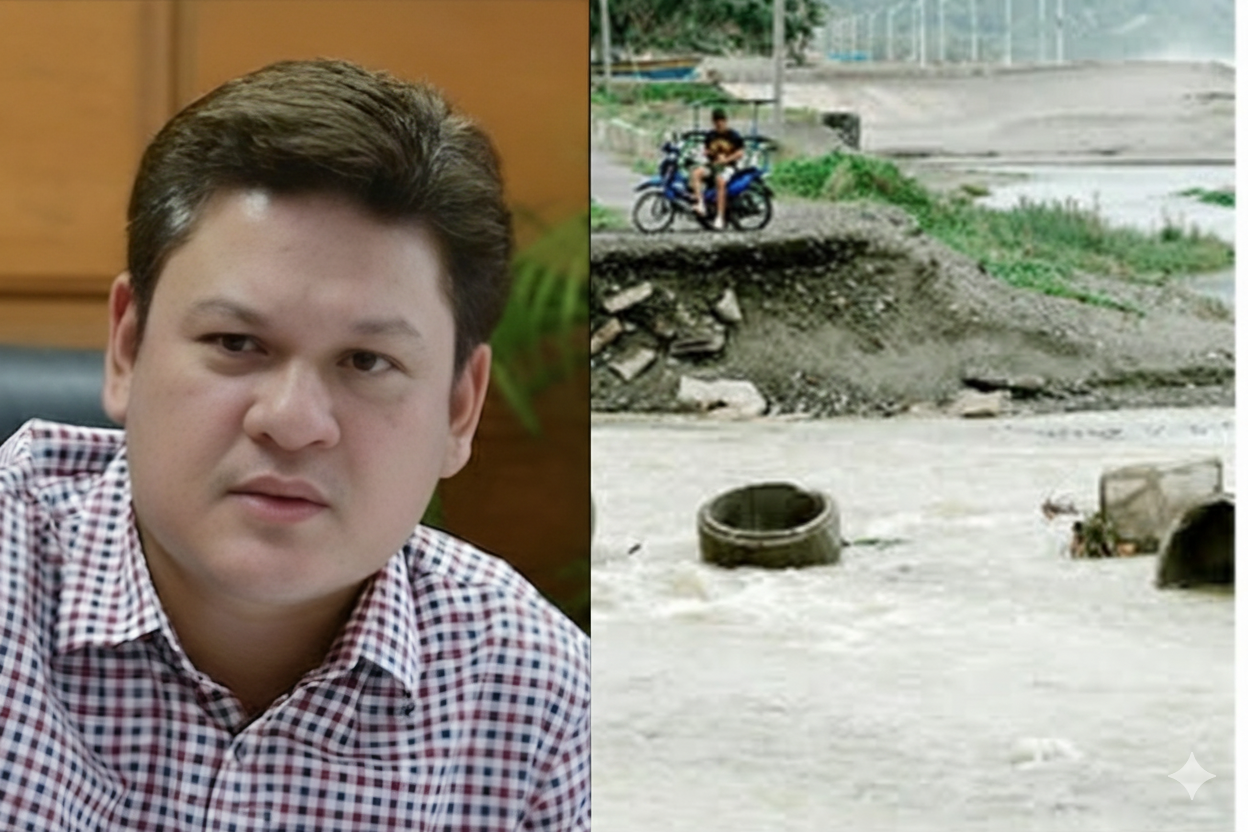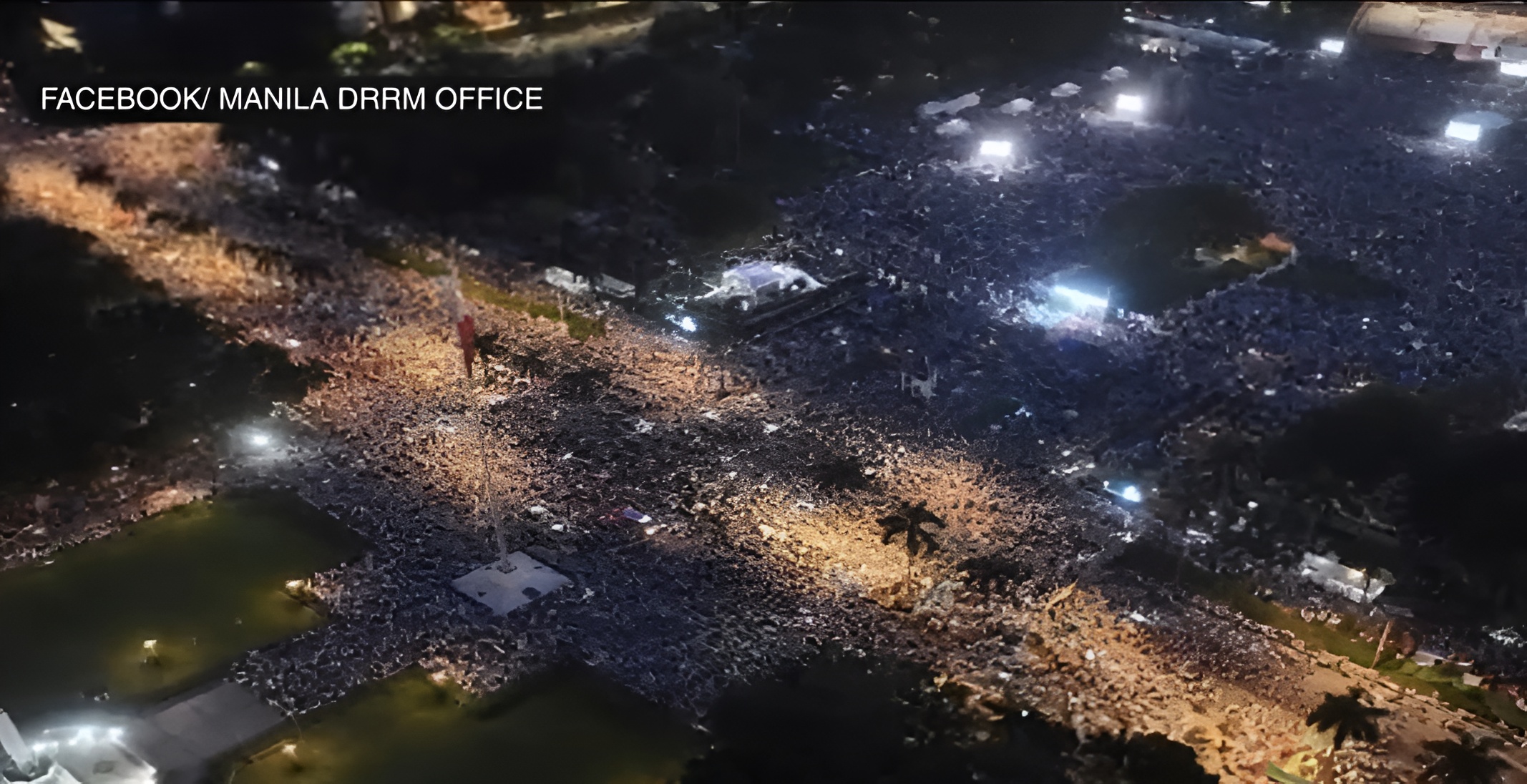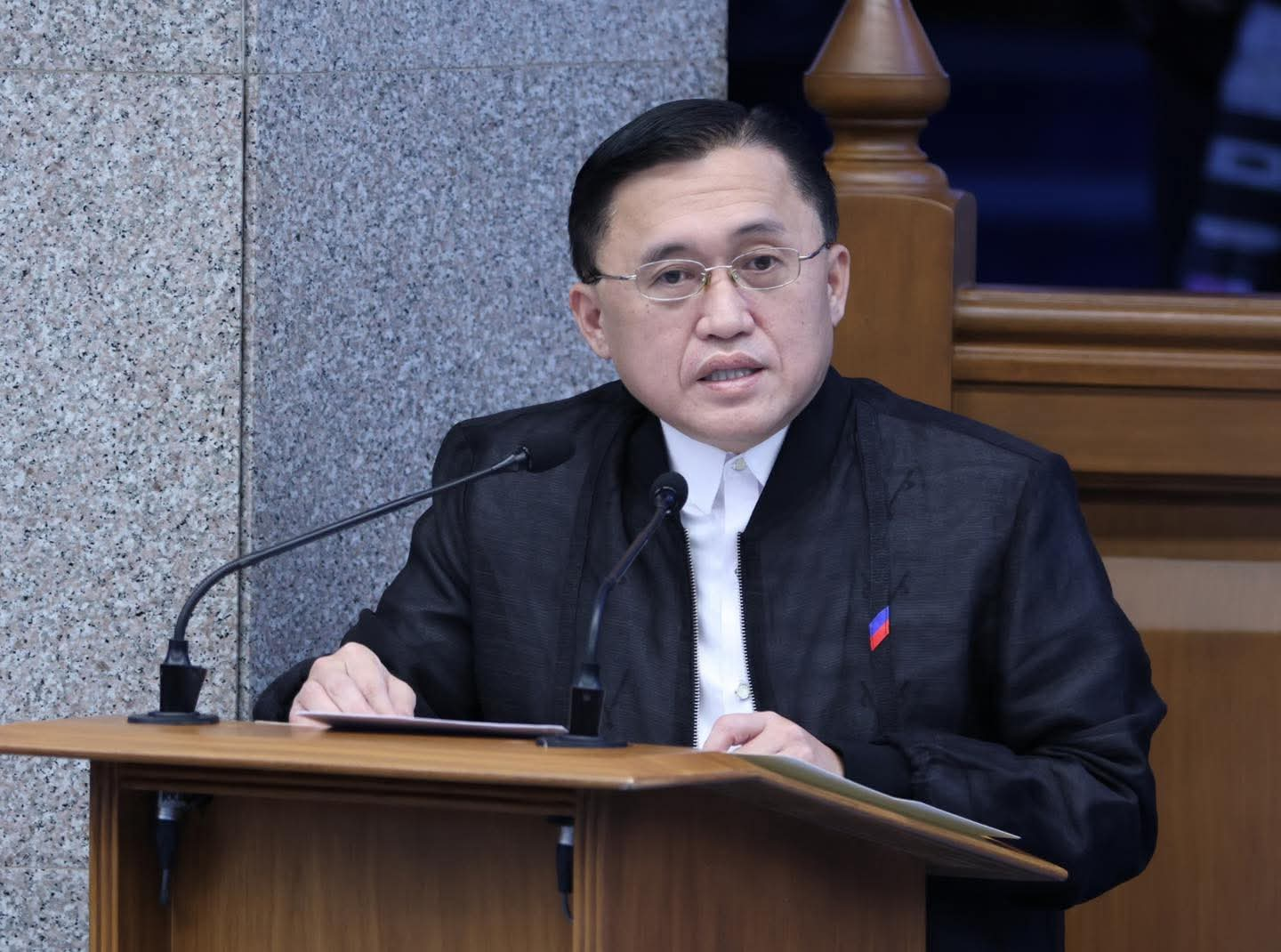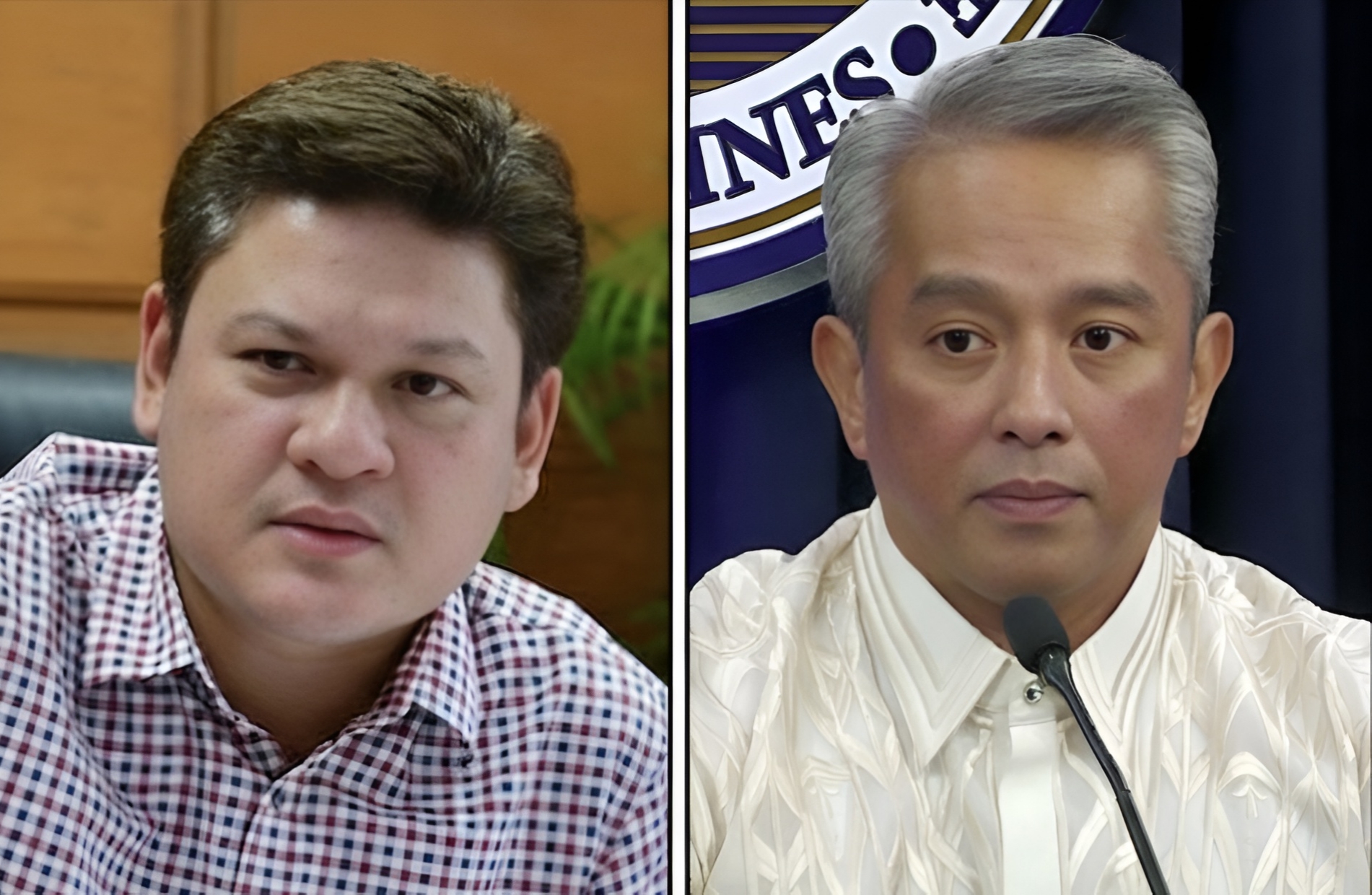* Flags various damage dams
in Marcos home province
DAVAO CITY – Davao City First District Rep. Paolo Z. Duterte called for an investigation into several flood-control projects in Ilocos Norte Thursday,after releasing photos and coordinates showing damaged and poorly constructed structures across the province, which is home to President Ferdinand Marcos Jr.
“These are just some of the flood-control projects in Ilocos Norte sent by residents themselves,” Duterte said in a post on his official Facebook page, alongside images showing collapsed dikes, cracked revetments, exposed foundations, and unfinished works near residential areas and roadways.
The images, taken from at least nine project sites, included the following locations:
Bolo River (18.534543, 120.793901) — washed-out river revetment with broken sections scattered along the riverbed.
Brgy. Taguipuro (18.522276, 120.708567) — undermined the flood wall with nearby heavy equipment, but no erosion control.
Padsan River, Sarrat (18.128533, 120.664278) — cracked flood-control wall showing signs of significant structural failure.
Brgy. Poblacion 1, Pasuquin (18.339482, 120.614046) — partly buried and unfinished project with exposed rubble.
Brgy. Pasaleng, Pagudpud (18.557023, 120.946536) — scattered culverts and destabilized slabs following strong river currents.
Brgy. Cavit, Laoag City (18.185383, 120.541724) — P47-million DPWH project by Rotaflex
Construction already showing signs of erosion.
Adams, Ilocos Norte (18.463371, 120.901036) — newly poured revetments appear undermined and poorly anchored.
Brgy. Gabu, Laoag City (18.187361, 120.526444) — coastal project by RA Pahati Construction with cracked and collapsing sections.
Satellite imagery from Google Maps confirmed the locations and nearby communities at risk of flooding.
Duterte questioned why national agencies were scrutinizing infrastructure in Mindanao, particularly in Davao City, while allegedly ignoring visible structural failures in Ilocos Norte.
“While Davao City projects that have already been completed are being needlessly questioned, these actual, visible, collapsing structures in Ilocos Norte are left untouched,” the lawmaker said. “Residents are worried. Communities are affected. I hope the right agencies will look into this.”
Residents who submitted the photos reported that some walls had already collapsed after heavy rains, while others feared more would fail in the coming weeks.
Civil engineers consulted about the photos noted multiple construction flaws, including a lack of proper toe protection, improper placement near unstable slopes, and indications of rushed work. They added that the erosion patterns pointed to structural weakness, not just natural scouring.
One Pagudpud resident claimed their local project “did not even last one cycle of heavy rains.”
Duterte urged the Department of Public Works and Highways, Commission on Audit, and the Independent Commission on Infrastructure to conduct a thorough review of the Ilocos Norte projects.
“Investigate where the real problems are,” Duterte said.
As the photos spread across social media, more Ilocos Norte residents have reportedly begun compiling additional images, videos, and documents related to other questionable flood-control projects in the province.
Three of at least mine unfinished, and damaged substandard flood control projects in Ilocos Norte Alone





